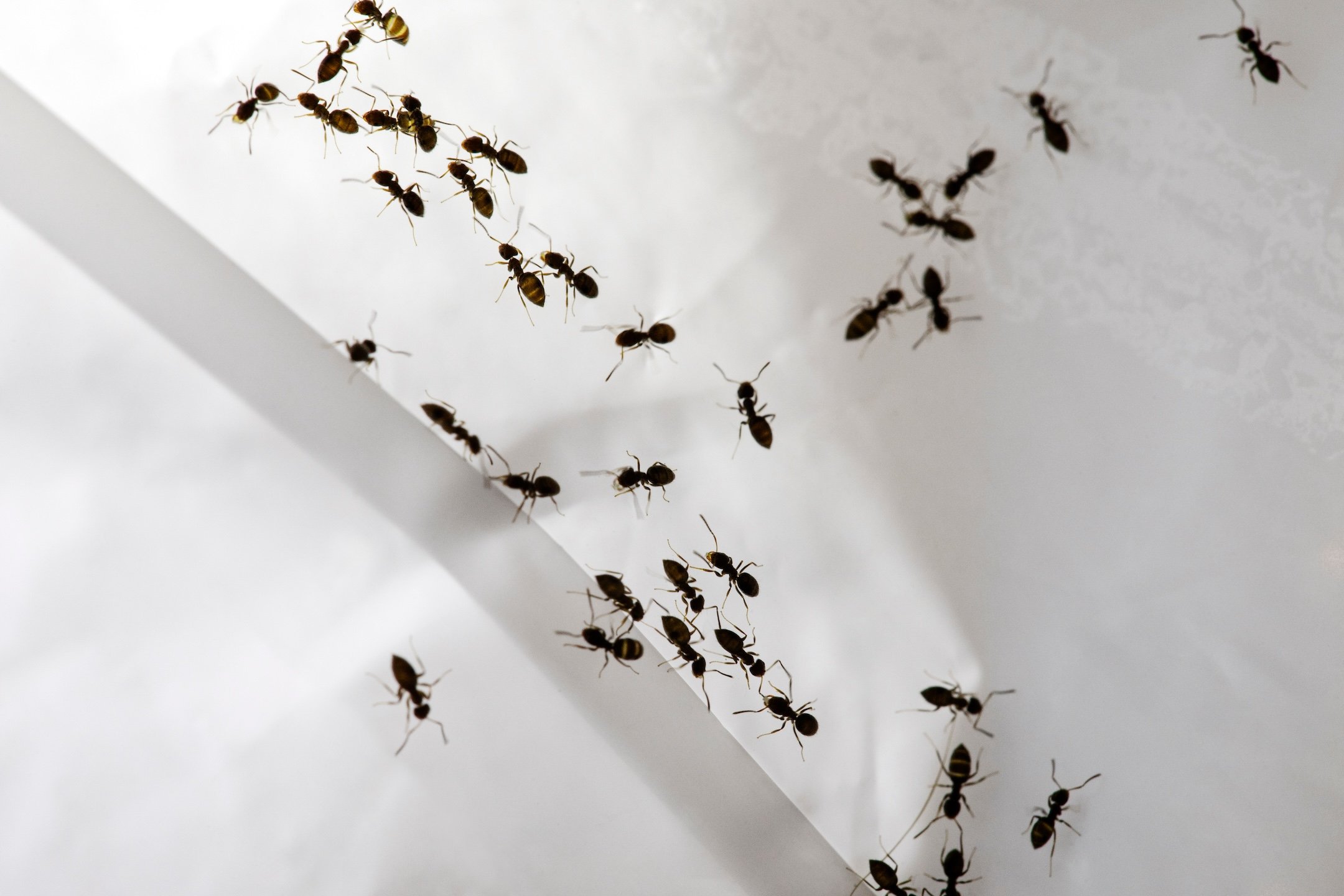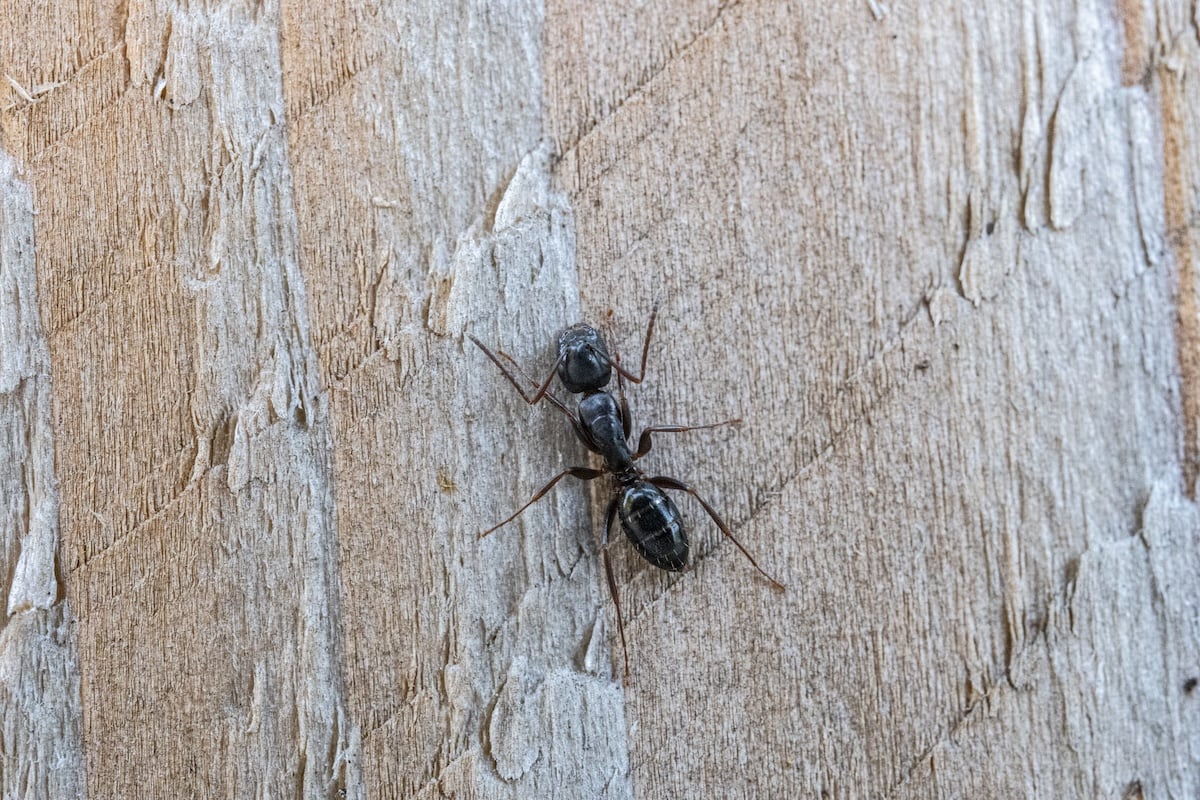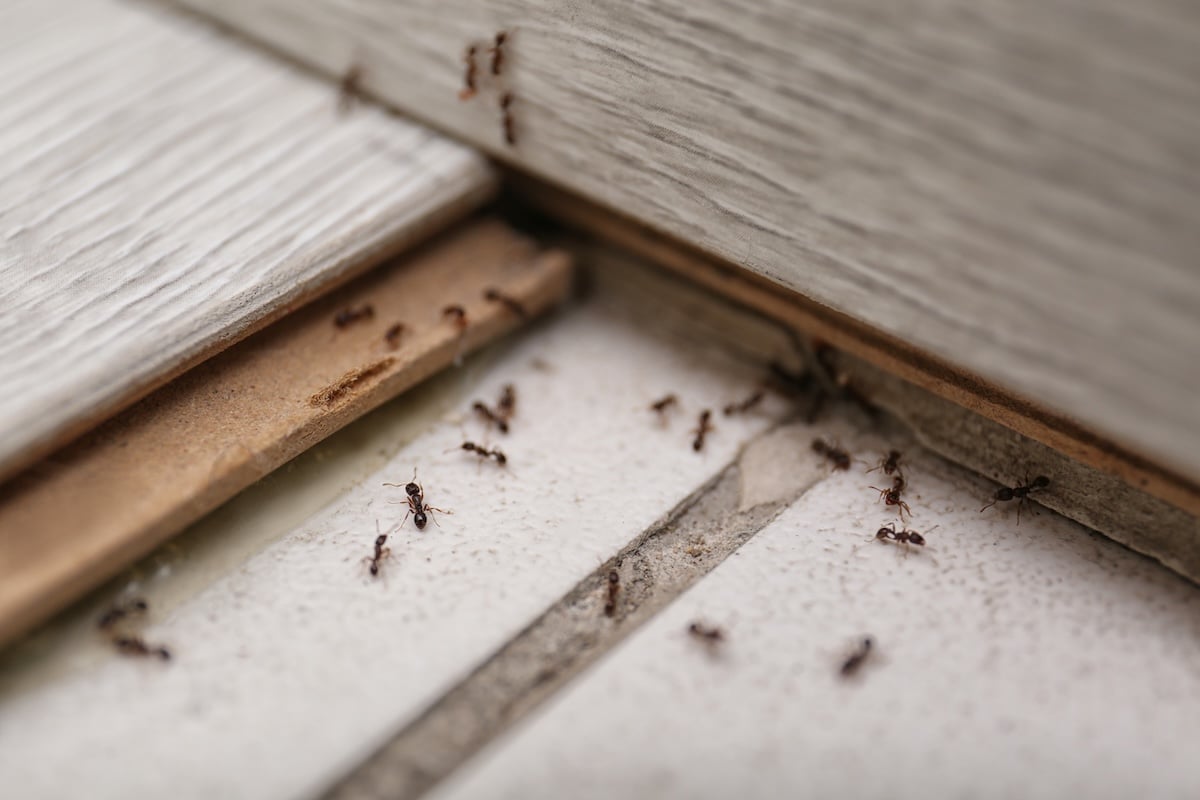Tick vs Bed Bugs: Key Differences Explained
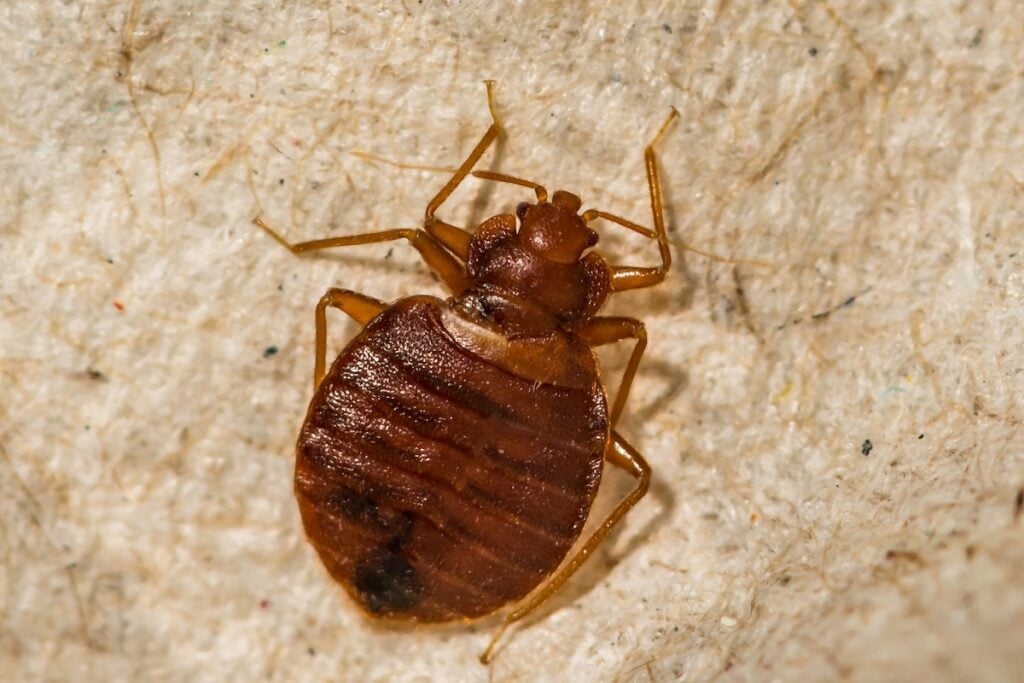
The tick vs bed bug question comes up more often than you might think, especially when homeowners notice small, reddish pests or wake up with mysterious bite marks. While both pests are tiny, blood-feeding, and unwelcome guests, they’re not the same. Understanding the difference is essential for proper treatment and prevention.
Here’s why it matters:
- Different health risks: Ticks can transmit Lyme disease, while bed bugs are more of a nuisance.
- Unique hiding habits: Bed bugs hide in your mattress; ticks hitch a ride on you or your pets.
- Targeted treatments: The right pest control strategy depends on accurate identification.
Let’s break down the key differences so you can confidently spot which pest is causing trouble, and know what to do next.
📋 What Ticks and Bed Bugs Have in Common
Before diving into the differences, it’s important to understand why people confuse these two pests in the first place. Ticks and bed bugs are both small, oval-shaped, and feed on blood. They also leave behind itchy bite marks and tend to stay hidden during the day.
But that’s about where the similarities end. Recognizing what sets them apart can help you take faster, more effective action.
✅ Physical Appearance: Tiny but Distinct
Ticks and bed bugs may look alike at a glance, but a closer inspection reveals major differences in their size, shape, and overall features that make it possible to tell them apart.
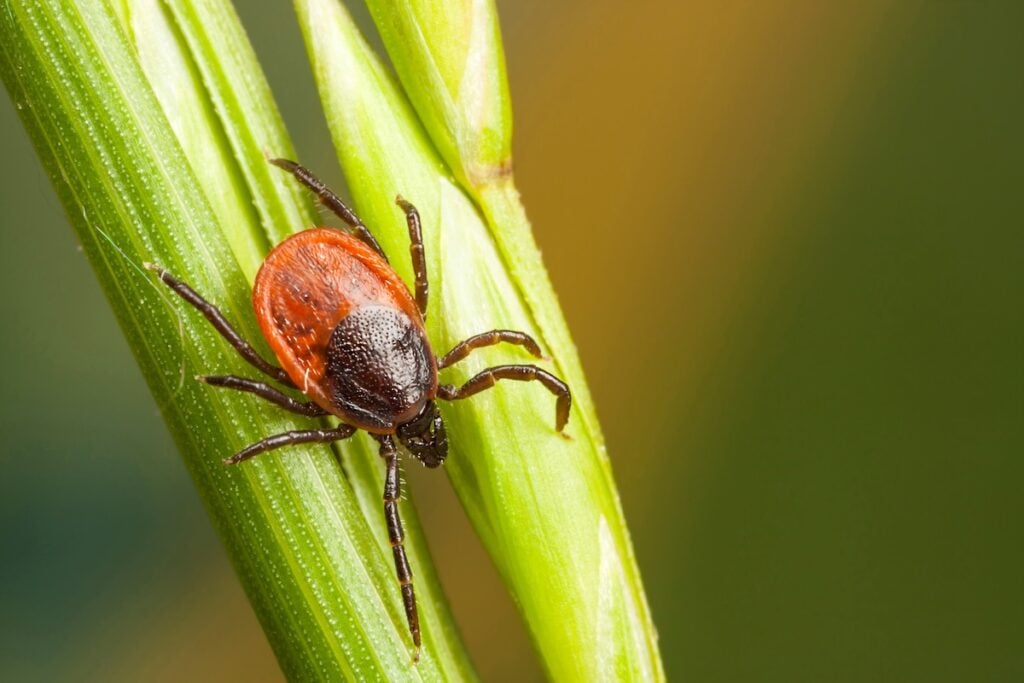
Tick Appearance
Ticks are part of the arachnid family and share more in common with spiders than insects.
- Number of legs: Adult ticks have 8 legs.
- Shape: Flat, oval bodies that become engorged after feeding.
- Size: Varies by species and life stage but generally smaller than bed bugs.
- Color: Can be reddish-brown, gray, or black—sometimes with a shield-shaped pattern.
Bed Bug Appearance
Bed bugs are true insects and have a different body structure than ticks.
- Number of legs: Bed bugs have 6 legs.
- Shape: Flat and round or apple-seed shaped when unfed.
- Size: Roughly 4–7mm as adults—about the size of a lentil.
- Color: Rusty brown; may appear darker after feeding.
❗️ Behavior and Habitat
Behavior is one of the biggest ways to tell these two pests apart, since ticks rely on attaching to animal or human hosts for survival while bed bugs hide in furniture, bedding, and walls, emerging at night to feed.
Tick Behavior
Ticks are found outdoors and latch onto hosts as they pass by.
- Environment: Common in tall grass, wooded areas, or brush.
- Feeding style: Attach to skin and feed for hours or days.
- Preferred hosts: Animals, pets, and humans.
- Activity period: Most active during warmer months, especially spring and summer.
Bed Bug Behavior
Bed bugs are indoor pests and tend to stay close to sleeping areas.
- Environment: Found in mattresses, box springs, bed frames, and furniture cracks.
- Feeding style: Bite multiple times during night feeding.
- Preferred hosts: Humans only.
- Activity period: Active year-round but feed mostly at night.
😷 Bite Pattern and Health Concerns
Knowing how and where each pest bites can help you tell them apart, as ticks typically embed themselves in the skin and may transmit serious diseases, while bed bugs leave behind clusters or lines of itchy welts that, although uncomfortable, usually pose fewer long-term health risks.
Tick Bites and Health Risks
Ticks are dangerous because they transmit diseases while feeding.
- Bite pattern: Single bite that becomes red or swollen.
- Location: Common in warm, hidden areas—behind ears, underarms, waistbands.
- Symptoms: Fever, fatigue, rash, or joint pain could indicate tick-borne illness.
- Major concerns: Lyme disease, Rocky Mountain spotted fever, and more.
Bed Bug Bites and Effects
Bed bugs are more irritating than dangerous, but their bites can still cause problems.
- Bite pattern: Multiple small bites often in a line or cluster.
- Location: Exposed skin like arms, neck, shoulders, or legs.
- Symptoms: Itching, swelling, and red welts.
- Major concerns: Allergic reactions and sleep disturbances—not known to spread disease.

🔍 7 Ways to Tell the Difference
Need a quick comparison? Here are the biggest differences you’ll notice:
- Number of Legs: Ticks have 8 legs; bed bugs have 6.
- Where They Live: Ticks live outdoors and attach to passing hosts; bed bugs live indoors, especially near beds.
- Feeding Habits: Ticks feed for hours or days; bed bugs feed for minutes while you sleep.
- Bite Pattern: Ticks bite once; bed bugs often leave clusters or lines of bites.
- Disease Risk: Ticks transmit serious illnesses; bed bugs do not.
- Body Size and Shape: Bed bugs are generally larger with a rounder body; ticks are flatter and may appear smaller.
- Preferred Host: Ticks feed on animals and humans; bed bugs feed exclusively on humans.
👉 How to Respond to a Tick or Bed Bug Infestation
Once you’ve identified the pest, it’s important to take the right action quickly, whether that means removing ticks promptly to reduce the risk of disease or calling a pest control professional to eliminate a bed bug problem before it spreads throughout your home.
If You Found Ticks in Your Home
Ticks in your house often hitchhiked in on pets or clothing.
- Inspect pets: Use a flea and tick comb to check your dog or cat.
- Wash bedding and clothing: Hot water and high heat kills ticks and eggs.
- Vacuum regularly: Focus on carpet edges, pet bedding, and baseboards.
- Check for yard infestations: Ticks may be breeding in your lawn or garden.
If You Found Bed Bugs
Bed bugs spread quickly and require professional treatment to eliminate completely.
- Inspect sleeping areas: Look for live bugs, dark stains, and shed skins around your mattress and furniture.
- Avoid DIY sprays: Most over-the-counter products only make the problem worse.
- Limit movement of items: Don’t move bedding or furniture to other rooms, as this spreads bed bugs.
- Call a professional: Heat treatments or chemical applications are often required.
📞 When to Call Prompt Action Pest Control
If you’re still unsure whether you’re dealing with a tick or a bed bug—or you’ve confirmed one and need help fast, we’re here to help. Our licensed team knows exactly how to identify and treat both pests using targeted, safe, and effective solutions.
Whether you need interior treatment, pet-safe pest control, or help eliminating a recurring infestation, Prompt Action has the tools and experience to protect your home.
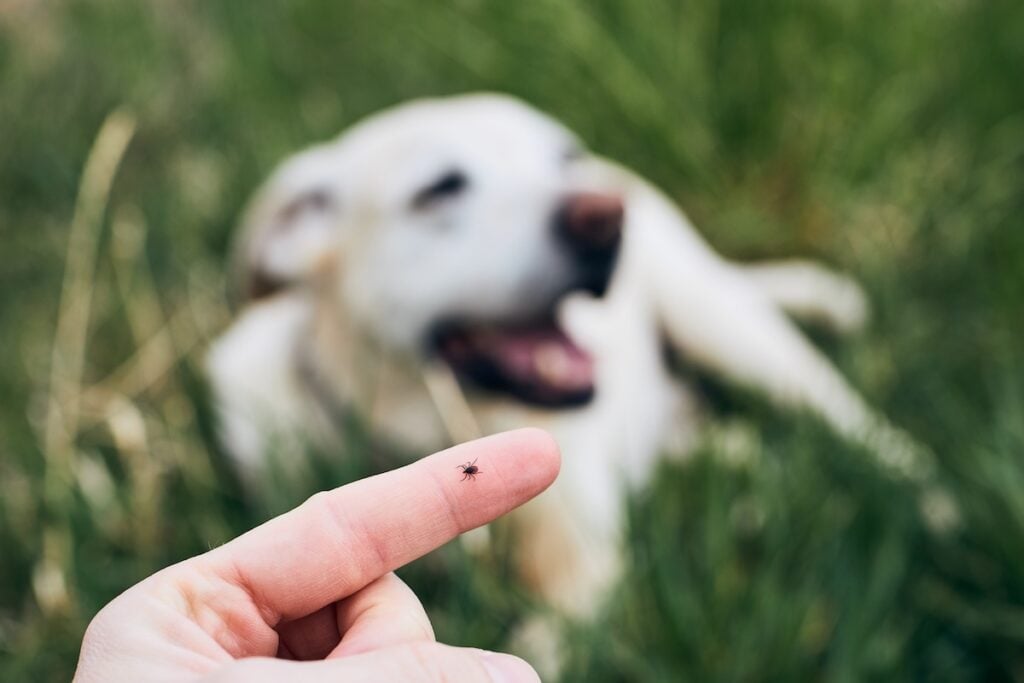
🐜 Identify the Pest and Take Prompt Action
The tick vs bed bug comparison highlights one important truth: while they may seem similar, the right solution depends on the correct identification. Ticks pose greater health risks and are often brought in from outside, while bed bugs live indoors and can spread rapidly if not contained.
No matter which pest you’re dealing with, Prompt Action Pest Control offers expert inspections, proven treatment plans, and peace of mind.
Contact us today for fast, effective pest control, and get back to feeling safe in your home.


